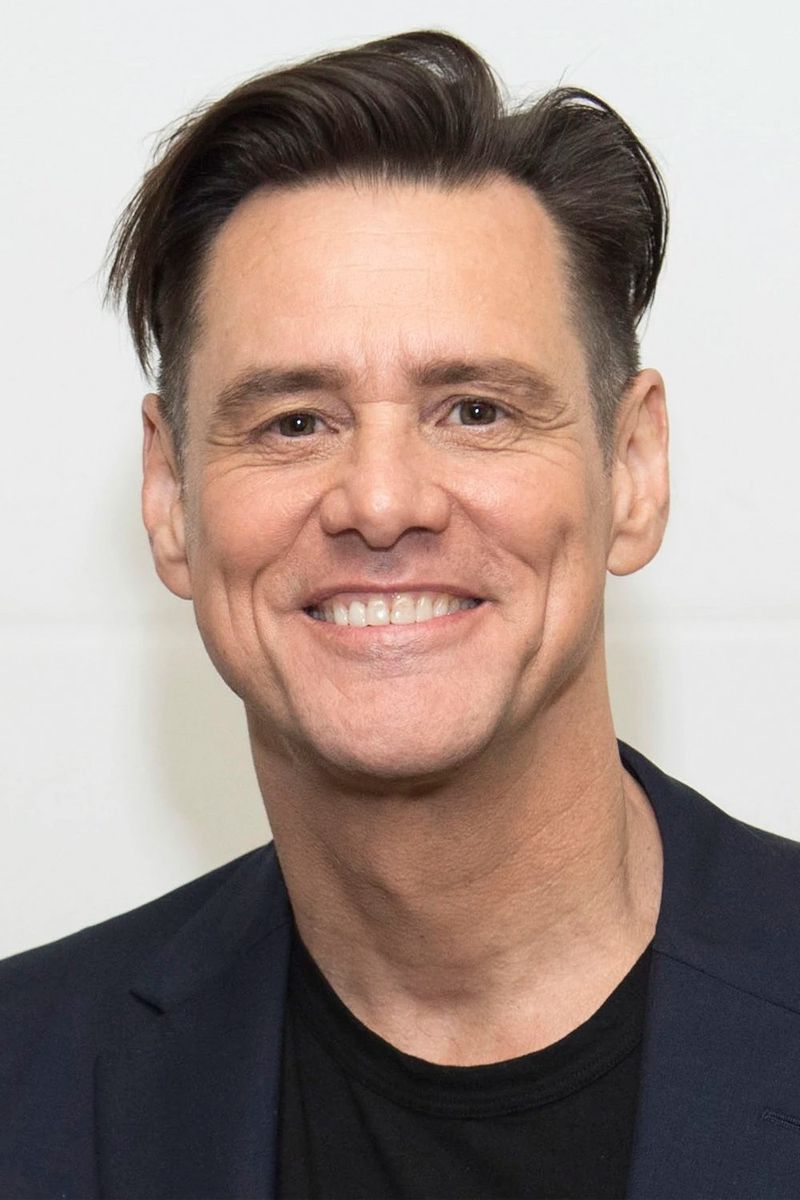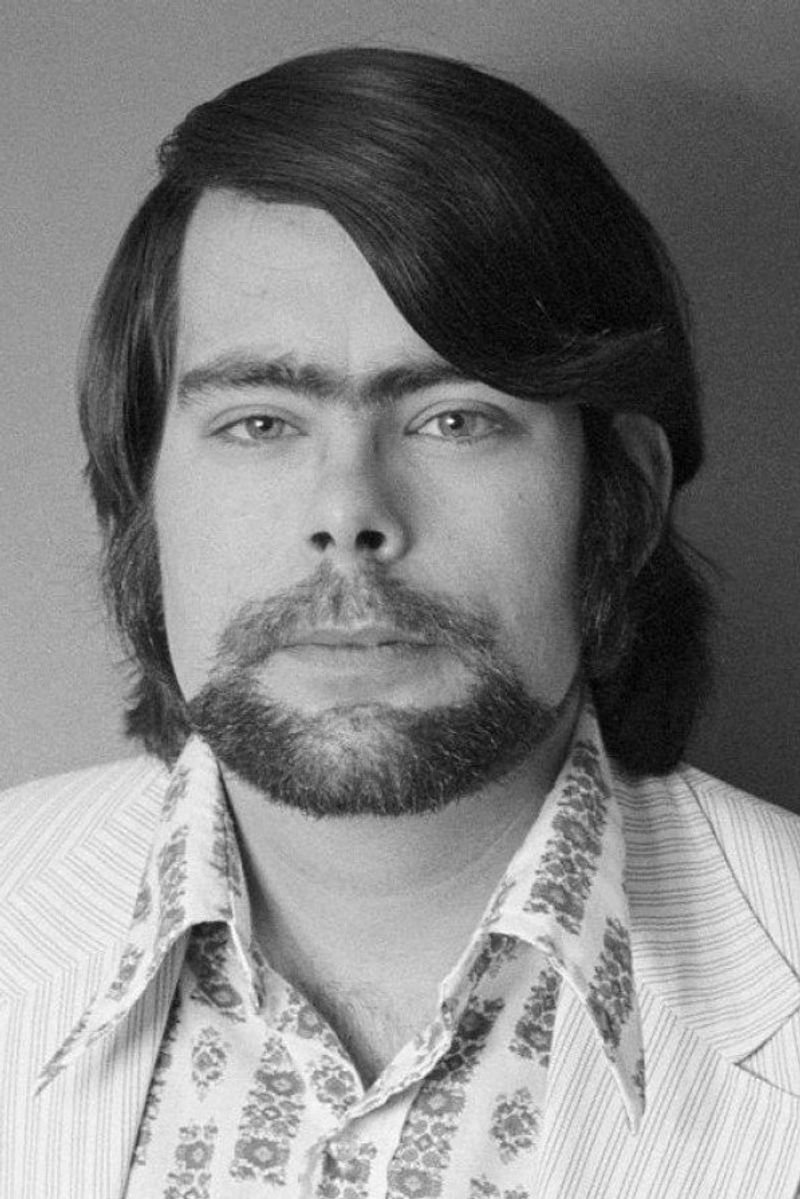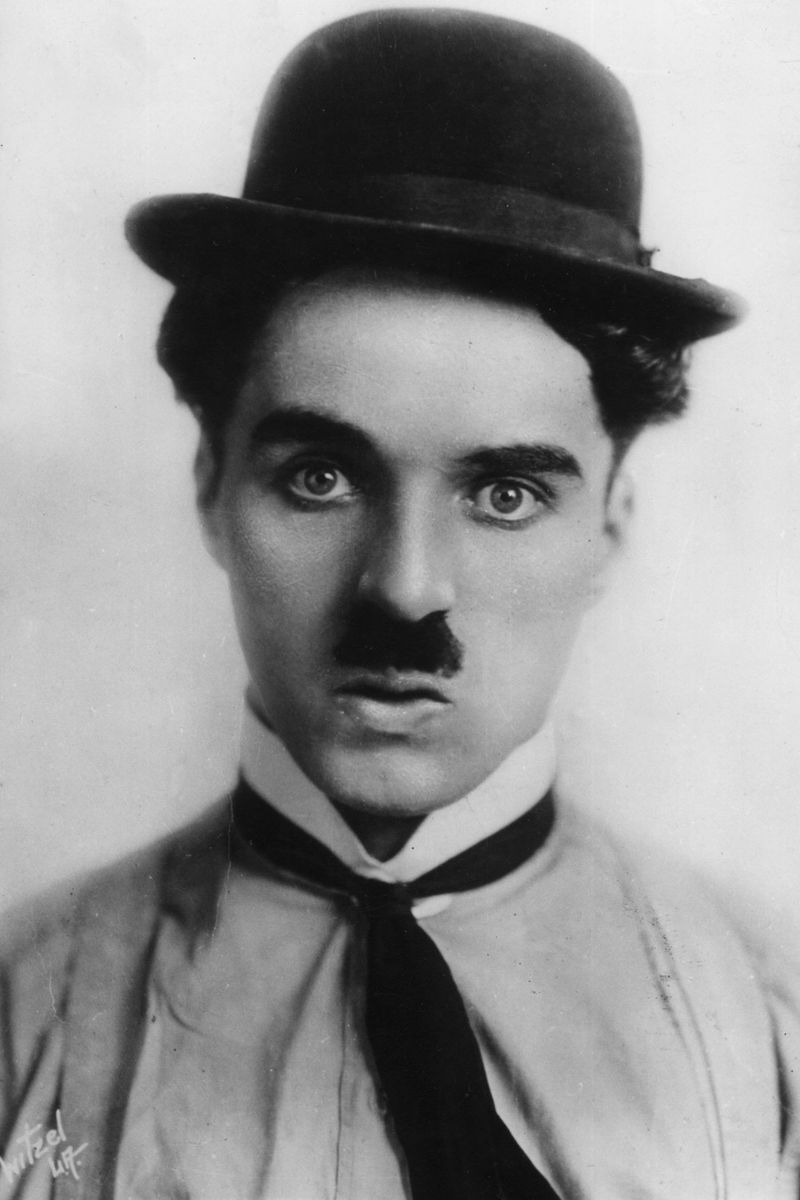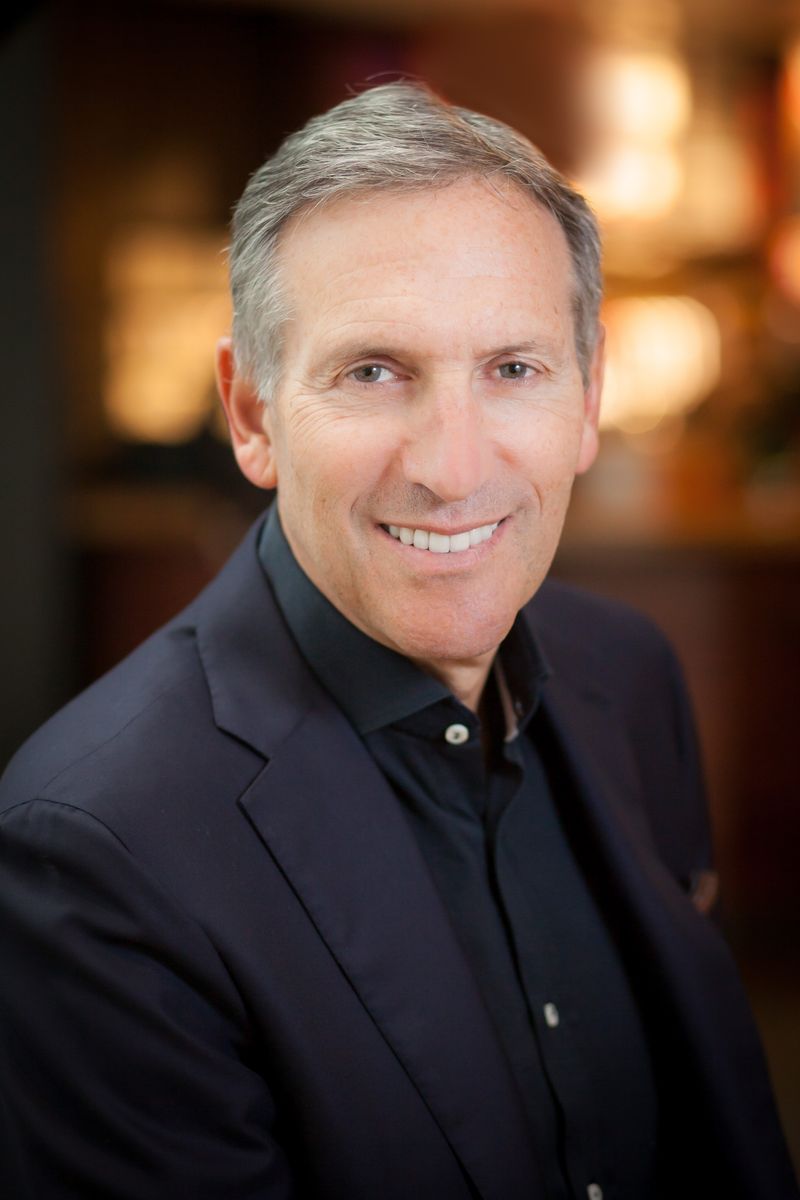15 Celebrities Who Experienced Homelessness Before Achieving Fame

Many famous people we admire today once struggled with challenges most of us can barely imagine. Before red carpets and million-dollar contracts, some of our favorite celebrities faced homelessness, sleeping in cars, shelters, or even on the streets. Their stories remind us that success often comes after tremendous hardship, and that perseverance can help anyone overcome seemingly impossible obstacles. These inspiring journeys prove that where you start doesn’t determine where you’ll finish.
1. Jim Carrey

Before becoming one of Hollywood’s highest-paid comedians, Jim Carrey lived in a van with his family. His father lost his job when Jim was just a teenager, forcing the entire family into poverty. They parked their van in various locations across Canada, struggling to find stability.
Jim worked as a janitor and security guard to help support his family during this difficult time. Despite the hardship, he never gave up on his dream of making people laugh. He practiced his comedy routines and impressions whenever he could.
His determination eventually paid off when he moved to Los Angeles and landed roles that showcased his incredible talent. Today, Jim uses his story to inspire others facing tough times, proving that homelessness doesn’t define your future.
2. Halle Berry

Halle Berry arrived in New York City with big dreams but very little money in her pocket. She was determined to become an actress, but finding work proved much harder than she expected. When her funds ran out completely, she ended up sleeping in a homeless shelter.
The experience was humbling and frightening, but it made her stronger and more determined. She refused to call her mother for help, wanting to prove she could make it on her own. During this period, she went to countless auditions while struggling to afford basic necessities.
Her breakthrough came gradually, and she eventually became the first African American woman to win an Academy Award for Best Actress. Halle openly shares her story to help remove the stigma around homelessness.
3. Tyler Perry

Tyler Perry’s journey to becoming a billionaire entertainment mogul started in his car. After spending his life savings to produce a play that failed miserably, he found himself homeless in Atlanta. He lived in his beat-up Geo Metro for weeks, parking in different spots to avoid trouble.
Instead of giving up, Tyler kept rewriting his plays and searching for opportunities. He worked odd jobs and saved every penny he could to fund his creative projects. His faith and determination never wavered, even when things seemed hopeless.
Eventually, his plays began attracting audiences, particularly in African American churches and community centers. Today, he owns one of the largest film studios in America and continues creating content that resonates with millions worldwide.
4. Drew Carey

Drew Carey’s early life was marked by depression and financial struggles that left him homeless for a time. After leaving the Marine Corps, he found himself without a place to live in Las Vegas. He slept wherever he could find shelter, including park benches and cheap motels when he scraped together enough cash.
During this dark period, Drew even attempted suicide but survived and eventually decided to pursue stand-up comedy. Comedy became his therapy and his path forward. He started performing at small clubs, slowly building a reputation for his observational humor.
His big break came with his own sitcom, followed by hosting duties on beloved game shows. Drew’s story shows how mental health struggles and homelessness often intersect, and how finding purpose can save lives.
5. Daniel Craig

Before becoming the iconic James Bond, Daniel Craig slept on park benches in London. He had moved to the city to pursue acting but couldn’t afford rent on his meager earnings from small theater roles. Some nights, he crashed on friends’ couches; other nights, he had nowhere to go.
Daniel worked as a waiter and took any acting job he could find, no matter how small. The uncertainty was exhausting, and he often wondered if he’d ever catch his big break. But he loved acting too much to quit.
His persistence eventually led to increasingly prominent roles in British television and film. When he was cast as 007, it validated all those years of struggle and sleeping rough on London’s streets.
6. Eminem

Marshall Mathers, better known as Eminem, grew up bouncing between homeless shelters and run-down apartments in Detroit. His mother struggled with addiction and mental health issues, making stable housing nearly impossible. They moved constantly, and young Marshall attended multiple schools, never quite fitting in anywhere.
He found solace in hip-hop music and began writing raps that reflected his harsh reality. The anger and pain from his childhood became fuel for his incredibly raw and honest lyrics. He entered rap battles and slowly gained respect in Detroit’s underground scene.
His talent eventually caught the attention of Dr. Dre, who helped him launch a career that would make him one of the best-selling artists of all time. Eminem’s lyrics still reflect those difficult early years.
7. James Hetfield

Metallica frontman James Hetfield experienced homelessness after his mother died when he was just sixteen years old. Already dealing with his parents’ divorce years earlier, her death left him emotionally devastated and without stable housing. He couch-surfed with friends and sometimes slept in his car.
Music became his escape and his salvation during this traumatic period. He poured all his anger, grief, and confusion into creating heavy metal music with his bandmates. The intensity of Metallica’s sound reflected the chaos of his personal life.
As Metallica rose to become one of the biggest metal bands in history, James channeled his painful past into powerful performances. His story resonates with fans who’ve faced similar struggles, proving that art can emerge from the darkest experiences.
8. Jewel

Singer-songwriter Jewel lived in her car for a year while trying to make it in the music industry. She was performing at a coffee shop in San Diego for tips, but the money wasn’t enough to afford rent. Her car became her bedroom, parked in different locations around the city for safety.
Despite the hardship, she kept writing songs and performing, believing in her talent. She struggled with kidney infections from the poor living conditions but couldn’t afford proper medical care. Her haunting voice and honest lyrics slowly attracted a loyal following.
A record executive eventually discovered her performing, leading to a deal that launched her successful music career. Jewel’s folk-pop hits in the 1990s made her a household name, and she’s never forgotten where she came from.
9. Shania Twain

Country music legend Shania Twain spent parts of her childhood homeless in Canada. Her family was extremely poor, and her stepfather’s abusive behavior made home life unbearable. There were times when they had no permanent residence and stayed in homeless shelters.
Young Shania often went to school hungry and wore the same clothes repeatedly. To help her family, she started singing at bars when she was just eight years old, lying about her age. Music was both her escape and her family’s hope for a better future.
After her parents died in a car accident, she raised her younger siblings while pursuing her music career. Eventually, she became one of the best-selling female artists in country music history, with hits that topped charts worldwide and inspired millions of fans.
10. Lil Wayne

Rap superstar Lil Wayne grew up in one of New Orleans’ most impoverished and dangerous neighborhoods. His mother struggled to keep a roof over their heads, and there were periods when they were technically homeless, moving between relatives’ homes. The instability deeply affected young Dwayne Carter.
He started rapping at age eight, finding an outlet for his frustration and talent. A local record label owner noticed his skills and became a mentor, giving him opportunities most kids in his situation never received. Hip-hop became his ticket out of poverty.
By his teenage years, he was already gaining recognition in the rap world. Today, Lil Wayne is considered one of the most influential rappers of his generation, with multiple platinum albums and countless awards recognizing his contributions to music.
11. J.K. Rowling

Before Harry Potter made her one of the world’s wealthiest authors, J.K. Rowling was a single mother living on welfare. She was essentially homeless, staying in a tiny, unheated apartment in Edinburgh, Scotland, that barely qualified as livable. Depression consumed her as she struggled to feed her infant daughter.
She wrote the first Harry Potter book in cafes to save on heating bills at home. Rejection letters from publishers piled up, but she refused to abandon her magical story. Her determination came from knowing she had nothing left to lose.
When a small publisher finally took a chance on her manuscript, it changed everything. The Harry Potter series became a global phenomenon, selling over 500 million copies and inspiring countless readers to believe in magic and perseverance.
12. Stephen King

Horror master Stephen King lived in a trailer with his wife and children while working as a teacher and writing at night. They were so poor that they sometimes couldn’t afford a phone, and their trailer was barely habitable. Financial stress threatened to crush his writing dreams.
He threw his manuscript for Carrie in the trash, thinking it was worthless. His wife rescued it and encouraged him to finish it, believing in his talent when he couldn’t. That decision changed their lives forever.
When Carrie sold, it provided enough money to finally escape poverty and focus on writing full-time. Stephen went on to become one of the most successful authors in history, with over 60 novels and countless adaptations. His early struggles inform the authentic desperation in many of his characters.
13. Charlie Chaplin

Silent film legend Charlie Chaplin experienced extreme poverty and homelessness as a child in London. His mother suffered from mental illness and couldn’t care for him properly, leading to stays in workhouses—Victorian-era institutions for the destitute. These places were harsh and dehumanizing, leaving deep scars.
Young Charlie and his brother often slept on the streets or in shelters when their mother was institutionalized. He witnessed terrible poverty and suffering that would later influence his films. Performing became his way to escape the bleakness surrounding him.
He joined a traveling theater group as a teenager and eventually made his way to America, where his comedic genius flourished. His iconic character, the Tramp, reflected his own experiences with poverty and homelessness, creating universal empathy through humor and pathos.
14. Steve Jobs

Apple co-founder Steve Jobs dropped out of college but continued auditing classes that interested him. With no dorm room and no money, he slept on friends’ floors and returned Coke bottles for the five-cent deposits to buy food. He walked seven miles every Sunday to get a free meal at a Hare Krishna temple.
Despite these hardships, he remained curious and creative, taking a calligraphy class that would later influence Apple’s beautiful typography. His homeless period taught him to focus on what truly mattered. He learned to strip away the unnecessary, a philosophy that defined Apple’s design aesthetic.
When he and Steve Wozniak founded Apple in a garage, nobody could have predicted it would become one of the world’s most valuable companies. Steve’s vision revolutionized personal computing, music, and mobile technology forever.
15. Howard Schultz

Starbucks CEO Howard Schultz grew up in public housing in Brooklyn, New York. His family lived in poverty, and there were times when they faced eviction and near-homelessness. His father worked low-paying jobs without benefits, and an injury left the family without income for months.
Watching his parents struggle motivated Howard to escape poverty through education and hard work. He became the first person in his family to attend college, working multiple jobs to pay for it. He was determined to build a life where financial insecurity wouldn’t haunt him.
After joining Starbucks as an employee, he eventually bought the company and transformed it into a global coffeehouse empire. Howard made sure Starbucks employees received health benefits, remembering how his own family suffered without them. His story proves that compassion can coexist with business success.

Comments
Loading…